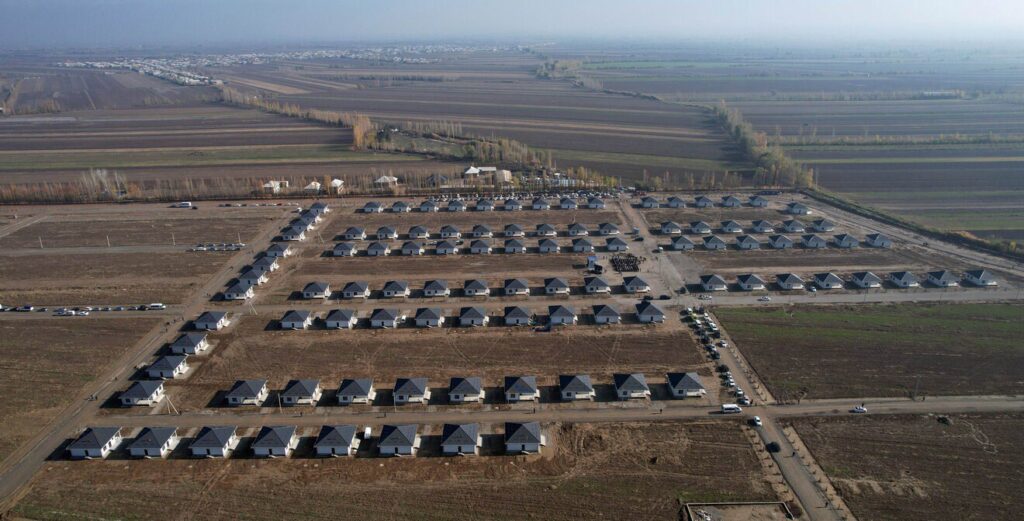BISHKEK (TCA) — At the Government meeting on January 30, Economy Minister Arzybek Kojoshev reported on the results of Kyrgyzstan’s socio-economic development in 2016, the press service of the Economy Ministry said.
According to the minister, from the beginning of 2016 the Kyrgyz economy showed a downward trend that was replaced with a positive dynamics and economic growth starting from August. However, the economy of Kyrgyzstan has been affected by the economic downturn/slowdown in the main trading partner countries — Russia and Kazakhstan, through decreasing trade and remittances from Kyrgyz labor migrants there.
According to preliminary figures of the National Statistical Committee, in 2016 Kyrgyzstan’s economic growth was 3.8 percent (3.9 percent in 2015).
Agriculture grew 3 percent, the services sector 3 percent, construction 7.4 percent, and industry 5.2 percent.
Small and medium business accounted for 40.5 percent of GDP. As of 1 January 2017, the number of officially registered entrepreneurs was 662,300 (a 3.9-percent growth on-year).
In January-November 2016, remittances from Kyrgyz labor migrants working abroad amounted to $1.493 billion, 20.9 percent more than in the same period in 2015.
Kyrgyzstan’s foreign trade in January-November 2016 amounted to $4.989 billion, with exports exceeding $1.268 billion and imports at more than $3.620 billion.
Kyrgyzstan’s trade with member countries of the Eurasian Economic Union (EEU) — which also includes Armenia, Belarus, Kazakhstan, and Russia — amounted to $1.743 billion, a 16.7-percent decrease from the previous year.









